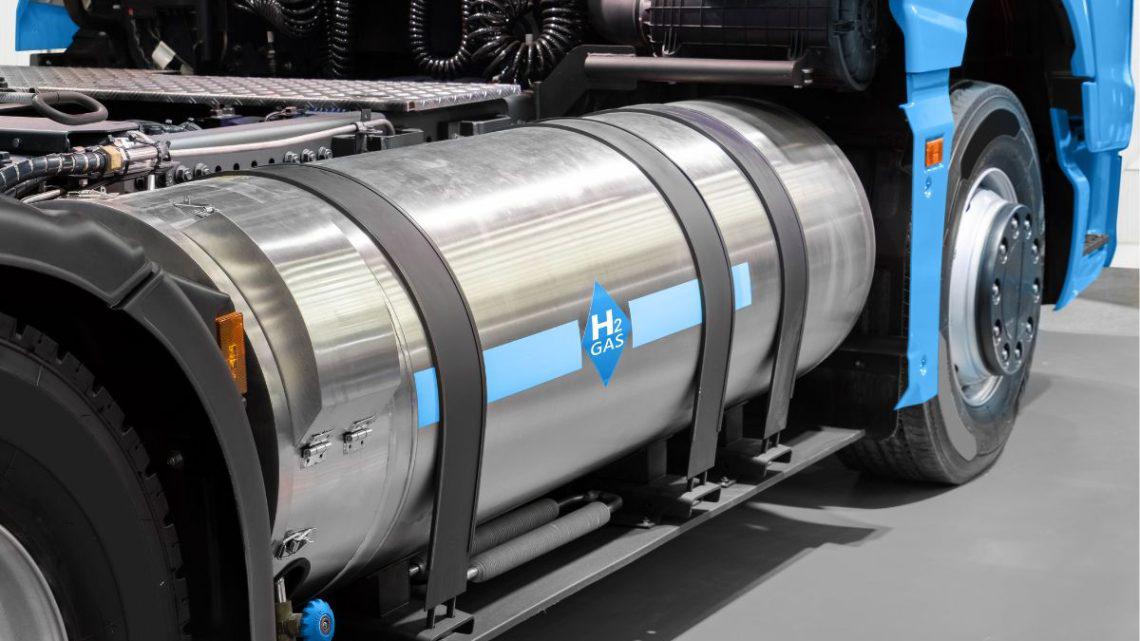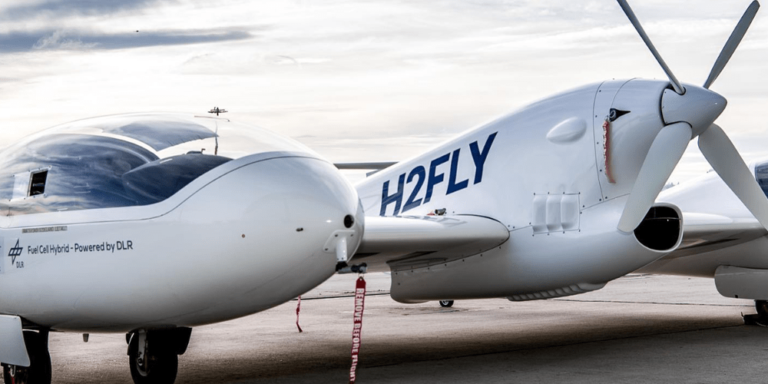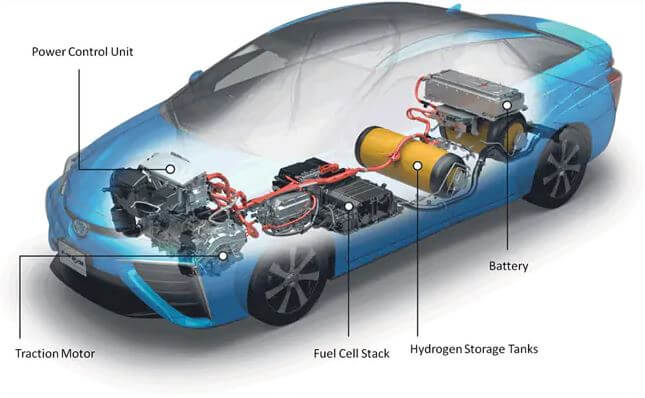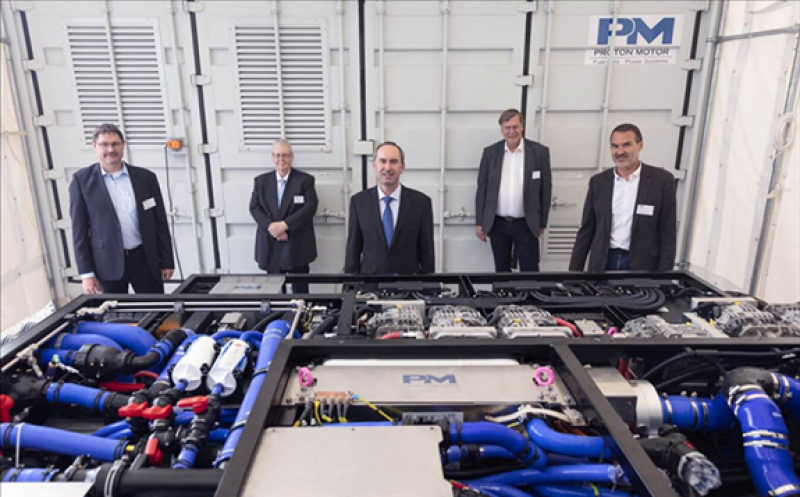Modelling the fundamental strong force between protons and neutrons — collectively called nucleons — is tricky. But in a paper in Nature, Schmidt and collaborators1 demonstrate a way to explore these interactions in atomic nuclei, and compare experimental measurements against calculations that use various models of the strong nuclear interaction. They do so at the shortest inter-nucleon distances yet probed, by poking nucleon pairs using high-energy electrons and focusing on a previously unexplored regime of short-distance, high-momentum interactions in a nucleus.
Quantum chromodynamics (QCD) is the fundamental theory of the strong interaction, one of the four forces in nature. In that theory, the nucleon–nucleon (NN) interaction that binds protons and neutrons into atomic nuclei is largely determined by the underlying dynamics of quarks and gluons (quarks being the elementary particles that combine to form protons, neutrons and other, less stable particles; gluons are the carriers of the strong force that ‘glues’ the quarks together).
However, because the unwieldy nature of QCD makes it impossible to model atomic nuclei computationally, we still lack a truly quantitative understanding of the NN force from QCD. Instead, modellers have resorted to approximations known as effective NN interactions for use in models of nuclear properties2,3. These treat nucleons as point-like objects. Some effective interactions are phenomenological — they are based on experimental data obtained by scattering nucleons from each other3. Others2 are derived from first principles and exploit symmetries manifested in QCD.
Because of the way they were developed, we can be fairly confident that the effective NN interactions accurately represent the actual interactions at typical inter-nucleon distances in nuclei, but not necessarily at the tiny distances that are relevant, for example, when describing the high-density cores of neutron stars. We know that the NN interaction is attractive down to about 1 femtometre (10−15 metres). At smaller distances, very strong repulsion sets in2,3. In atomic nuclei, nucleons consequently position themselves close enough to take advantage of the attraction, but shy away from the notoriously hard core of their neighbours at the shortest distances.
For the description of most nuclear properties, nucleons can be approximated as independent particles subjected to a mean field created by the other nucleons. But about 20% of the time4, as a result of density fluctuations in nuclei, two nucleons come close enough to form a short-range correlated pair that defies the mean-field description. According to Heisenberg’s uncertainty principle, such large local density fluctuations are associated with large fluctuations in momentum5.
Schmidt and collaborators have now tested the details of effective theories of the nuclear force — that is, theories based on effective NN interactions — using the particle detector system known as the CEBAF Large Acceptance Spectrometer (CLAS) at the Thomas Jefferson National Accelerator Facility in Newport News, Virginia. They scattered energetic electrons off pairs of nucleons that were separated by very small distances (and which have characteristically high momenta) in nuclei to study the NN repulsion, and used the data to test the accuracy of effective NN interactions at these distances. Their work pushes the investigation of such pairs to the highest momenta yet attained.
In optics, the resolving power of an instrument is the smallest distance at which two closely spaced objects can be separated. This distance is typically proportional to the wavelength of light used: the smaller the wavelength, the better the resolving power. In nuclear physics, to resolve nucleons in a nucleus, a resolution of about 1 fm is required. The high-energy electron scattering used by Schmidt et al. achieves this resolution because high-energy electrons have a tiny wavelength (the de Broglie wavelength) and a high momentum, which they impart to the nucleon systems being studied.
From data taken using the CLAS detector, Schmidt and collaborators picked out reactions in which a scattered high-energy electron (e,e′, where e is the incoming electron and e′ is the scattered electron) liberated a proton (p) from a target nucleus (A); these reactions are described as A(e,e′p) events. More specifically, the authors selected scattering reactions in which a property of the liberated proton known as the missing momentum was measured to be more than 400 megaelectronvolts per c (where c is the speed of light). For the high-energy conditions studied, this missing momentum is approximately equal to the initial momentum of the struck proton inside the nucleus. A proton momentum of 400 MeV c−1 is almost twice that of ordinary mean-field protons, which indicates that the knocked-out proton was part of a short-range correlated pair.
Out of these A(e,e′p) events, Schmidt and collaborators then selected a subset in which a second, high-momentum ‘recoil’ proton was released (Fig. 1). These reactions — which are described as A(e,e′pp) events — are the telltale signatures of short-range correlated proton pairs in which the two protons have high and opposite momenta.
The reaction yields for the two types of event can be numerically modelled such that the reaction dynamics and associated nuclear structure factorize (they can be separated out from each other). This allows the initial structure of the nuclei in the experiments to be reconstructed from the observed reaction yields. By using the nuclear structure calculated from effective NN interactions to predict yields, and comparing these predicted yields with the experimentally observed ones, Schmidt et al. tested whether effective interactions accurately describe NN interactions at very short inter-nucleon distances.
The team calculated the reaction-yield ratios A(e,e′pp)/A(e,e′p) for different nuclear targets and for proton momenta ranging from 400 MeV c−1 to 1 gigaelectronvolt (109 eV) per c. These momenta far exceed the energetics of the nucleon systems that were previously studied experimentally and which were used to develop some of the effective NN interactions. They also greatly exceed the range for which some of the theoretically derived effective NN interactions — including those derived from a much-used approach known as chiral effective field theory — might be expected to be reliable.
Nevertheless, the team found that both types of effective NN interaction — the phenomenological and chiral ones — could still be used in models to reproduce the new experimental data astonishingly well. In particular, as the momentum between two nucleons in a pair increases (and the distance between them consequently decreases), the data reflect subtle but important changes in the details of the force, as predicted by the models.
The results demonstrate the potential of using such data to dissect the nuclear interaction at short distances. They might justify the use of effective interactions that were optimized at low energies to describe nuclear systems up to densities well above the central density of nuclei. Thus, Schmidt et al. have opened an exciting path to exploring NN interactions at the distances relevant, for example, for neutron stars.
Interestingly, the effective NN interaction derived from chiral effective field theory fares less well than the phenomenological effective NN interaction that was tested — the chiral interaction is not as good at predicting absolute yields as it is at predicting ratios. As methods and computational approaches for modelling many-body systems (such as nuclei) advance, it will be possible to examine experimental data using the diverse tools of the trade but with fewer approximations. The ball is in the court of nuclear theory now.






